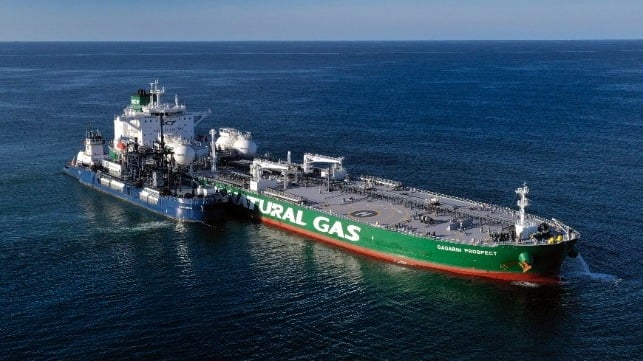Alternative Fuels: What Makes Sense Today?

Facts are important. Even if the facts are uncomfortable or inconvenient. The industry is starting to understand that methanol is no silver bullet solution for shipping’s decarbonisation challenge contrary to the claims of certain operators.
When you burn methanol (CH3OH) in a marine engine, you emit CO2. The chemical composition of methanol is a fact. And this alleged ‘silver bullet’ is, in fact, a fossil fuel. Methanol adopters talk about green methanol, but grey methanol is all that is available on the market today. Its lifecycle or Well-to-Wake emissions are estimated at around 14% higher than VLSFO due to the energy needed to produce methanol.
The small amount of “green” methanol recently bunkered by an early mover was made from biomethane – not renewable hydrogen – using a valuable green fuel, biomethane, as a feedstock. This green methanol production process is wasteful, consuming a scarce green resource to make a more expensive marine fuel.
It takes six to seven times more renewable energy to turn biomethane into biomethanol compared with simply liquefying the same bio-methane to make bio-LNG (or liquefied biomethane). This green energy could be put to better use.
In the next 10 – 20 years before green hydrogen production really scales, green fuels and their associated feedstocks will be scarce. Taking biomethane, an existing green fuel, and using it as a feedstock in an inefficient process which loses 35 percent of the green energy to create bio-methanol makes no sense.
Further, if we look at the properties of fuels themselves, to carry the energy equivalent of one tonne of bio-LNG onboard, ship operators will need to bunker almost three tonnes of bio-methanol. In short, more space required for fuel means less capacity for cargo. The rationale of these demonstration projects escapes logic.
The industry needs to act now with solutions that make a difference today. The declaration by the CEOs of Maersk, CMA CGM, Hapag-Lloyd, MSC, and Wallenius Wilhelmsen at COP28 emphasises the urgency of accelerating the transition to greener fuels and creating the regulatory conditions to achieve this. While regulation is vital, LNG coupled with other proven technologies can start shipping’s decarbonization journey now and continue to its zero emissions destination as greener forms of LNG such as bio-LNG and e-LNG become available at scale.
We cannot hope that there will be better answers decades down the road. University College London (UCL) estimates that every year of inaction this decade will add an extra $100 billion to the cost of shipping’s decarbonisation. This sum is dwarfed by the potential cost of climate-related damages to the wider society if shipping fails to cut emissions. GHG emissions are cumulative, and the longer we wait to reduce them the tougher, and more expensive, the decarbonization challenge will be.
When we discuss fuel choice today we must consider the full gamut of investments in vessels, engine technology, fuel production and availability, distribution, storage and supply. Other factors - such as safety for crew and port communities; energy density and onboard space requirements; and pilot fuel demands - are daunting and wide-ranging questions that need to be considered in an absence of reliable information. Clearly when there is so much uncertainly, the industry needs to create options but it should be wary of placing bets. LNG is a known quantity with a clear and proven pathway forward.
In terms of what we can and should be doing right now, improving energy utilization coupled with realistic and practical solutions must be considered first. The LNG Pathway, when used together with other proven technologies which exist today, adds to the benefits gained and results in real carbon savings, not theoretical future benefits that are dependent upon unproven technologies and significant future investments.
Peter Keller is the chairman of Sea-LNG.
The opinions expressed herein are the author's and not necessarily those of The Maritime Executive.
